Wednesday, May 22, 2013
Zooniverse
Over the last few weeks I have spent over ten hours on zooniverse.org classifying different types of storms. There were several categories that I put these tropical storms into, the categories being Eye, Embedded Center, Curved Band, Shear, and Other. Before I put each storm into a specific category I chose which storm looked to be the strongest. Some of the storms were difficult to classify because they were in between two categories and others were unclear pictures. After choosing a category I matched the storm in question with a picture of the storm whose category I selected. Although it sounds like several tedious steps after a while I did not even have to examine each category or pictures but just knew beforehand where each storm belonged. Even with the experience some where quite difficult to classify and took longer than the rest. By the end of the ten hours I had classified several hundred storms at least. Some of the storms were recurrent but many others were new to me. I can now say that I can successfully classify storms from a satellite orbiting the earth. I noticed patterns and many of the storms were in the same place, mostly in the western hemisphere in the Atlantic Ocean and in the Gulf of Mexico and below. It was a very interesting topic to help scientists with and I am glad that I had such an interesting thing to research.
Monday, May 20, 2013
APOD 4.6

Above is an exploded star that created a very strangely shaped nebula that is known as Kepler's supernova remnant. The stellar explosion that created the cloud was seen in 1604 and has been visible ever since. It is located in the constellation Ophuichus and was one of the subjects of study of Johannes Kepler, yet without a telescope. He looked for a reason for why it looked this way but he was unable to understand it at his time. Currently with the new technology it is not difficult for astronomers to understand the reasons for the supernova and the cosmic cloud.
APOD 4.5
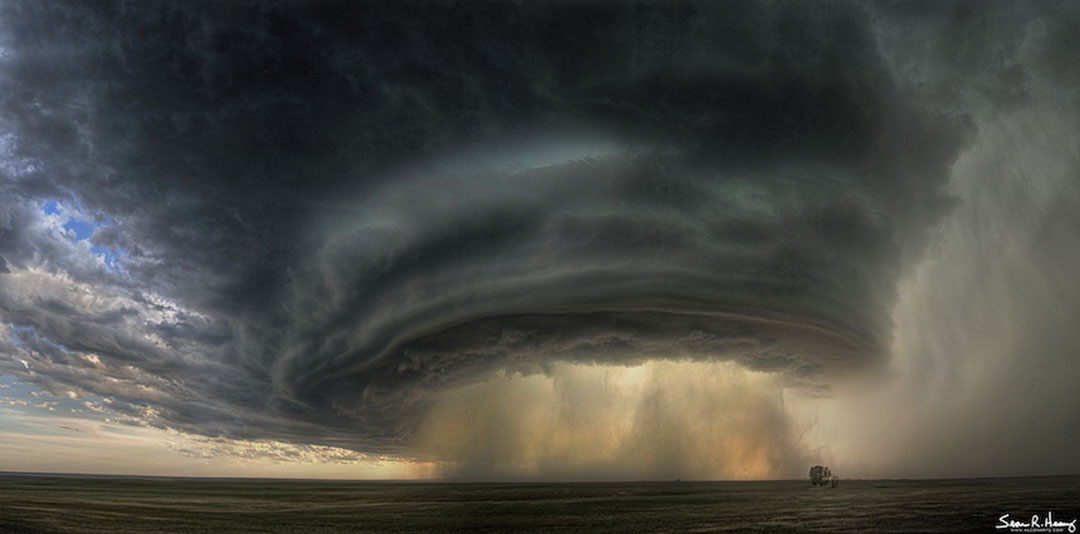
Above is a picture of a supercell storm that was in Montana. The storm looks absolutely amazing and is a large spiral firm. The middle is called a mesocyclone and the huge storm spans several kilometers. Tornadoes can exist within these storms and tons of raid drop every second. This storm did not cause much damage to the area or the people and this storm lasted hours and hours. These thunderstorms do not happen too often but the storm above is quite spectacular and they look absolutely amazing.
Grote Reber Biography
Grote Reber was born in 1911 to a middle class family in Wheaton, Illinois. He lived there in the suburbs of Chicago until he left for the college that he would later graduate from in 1933. He attended the Armour Institute of Technology, later to become the Illinois Institute of Technology. He got a degree in electrical engineering and later became a radio operator for a few years. In 1937 he built a radio telescope in his backyard and that is when his career in radio astronomy.
In the 1930's Grote Reber began to conduct sky surveys with his radio frequencies. In was in 1937 when his radio antenna became to be used for astronomical purposes. He was only one of the two people who had access to a radio antenna at the time and for a long time he was the only one in his field who contributed to the world of astronomy. He learned his profession from Karly Jansky who was the first to work this way at Bell labs where Grote applied to work in order to work alongside his idol. He was unfortunately turned down but that was not the end of it for when he built his own in his back yard and the telescope was far more advanced than that of Karl's. With his advanced technology he was able to see all parts of the sky and advance quickly and become a leader in his field.
Reber did have trouble in the beginning of his career because at 3300 MHz as his first receiver operated he was not able to detect anything. The same thing happened again when he tried at 900 MHz but he still tried rather than giving up on his dream. In 1938 over a year after the finishing of his telescope Reber succeeded in getting a picture of the sky at 160 MHz. Not long after he received his first publication in 1940 in the famous Astrophysical Journal but Reber kept at his own individual work rather than accept research offers from places such as Yerkes. He instead worked on making a radiofrequency sky map which he fully completed 1941 and increased the data in 1943 to have the most complete work in the entire world. He helped jumpstart the rapid growth that occurred after WWII.
He introduced to topic that became the standard theory of radio emissions from space that was due to black-body radiation. It was later explained in the 1950's and Reber became the most prominent and well known in the world in his field. Synchrotron radiation was the explanation of the strange measurements which explained it all and opened a whole new door in radio astronomy. Reber later sold his telescope to the National Bureau of Standards where it is now erected in Sterling, Virginia. Reber helped build other telescopes of the same kind so that the field could have expanded further and kept with his research at other MHz's that no one had ever tried before and he focused on the medium frequencies where it required him to move to Tasmania where he experienced less atmospheric problems.
He spent the rest of his life in Tasmania mostly in a very low inhabited area where he was able to study his astronomy all day. He spent thousands of hours from his modified house gazing at the sky and analyzing the radio pictures that he got from them. He worked mostly in winter when he could avoid the ionization that plagued him during much of the year. He died in his house there in 2002 doing what he loved. He was one of the most influential astronomers in his field and helped create the field of astronomy as it is today. Even though he is not known too well in his field he is highly respected by those who do know him.
In the 1930's Grote Reber began to conduct sky surveys with his radio frequencies. In was in 1937 when his radio antenna became to be used for astronomical purposes. He was only one of the two people who had access to a radio antenna at the time and for a long time he was the only one in his field who contributed to the world of astronomy. He learned his profession from Karly Jansky who was the first to work this way at Bell labs where Grote applied to work in order to work alongside his idol. He was unfortunately turned down but that was not the end of it for when he built his own in his back yard and the telescope was far more advanced than that of Karl's. With his advanced technology he was able to see all parts of the sky and advance quickly and become a leader in his field.
Reber did have trouble in the beginning of his career because at 3300 MHz as his first receiver operated he was not able to detect anything. The same thing happened again when he tried at 900 MHz but he still tried rather than giving up on his dream. In 1938 over a year after the finishing of his telescope Reber succeeded in getting a picture of the sky at 160 MHz. Not long after he received his first publication in 1940 in the famous Astrophysical Journal but Reber kept at his own individual work rather than accept research offers from places such as Yerkes. He instead worked on making a radiofrequency sky map which he fully completed 1941 and increased the data in 1943 to have the most complete work in the entire world. He helped jumpstart the rapid growth that occurred after WWII.
He introduced to topic that became the standard theory of radio emissions from space that was due to black-body radiation. It was later explained in the 1950's and Reber became the most prominent and well known in the world in his field. Synchrotron radiation was the explanation of the strange measurements which explained it all and opened a whole new door in radio astronomy. Reber later sold his telescope to the National Bureau of Standards where it is now erected in Sterling, Virginia. Reber helped build other telescopes of the same kind so that the field could have expanded further and kept with his research at other MHz's that no one had ever tried before and he focused on the medium frequencies where it required him to move to Tasmania where he experienced less atmospheric problems.
He spent the rest of his life in Tasmania mostly in a very low inhabited area where he was able to study his astronomy all day. He spent thousands of hours from his modified house gazing at the sky and analyzing the radio pictures that he got from them. He worked mostly in winter when he could avoid the ionization that plagued him during much of the year. He died in his house there in 2002 doing what he loved. He was one of the most influential astronomers in his field and helped create the field of astronomy as it is today. Even though he is not known too well in his field he is highly respected by those who do know him.
Friday, May 17, 2013
APOD 4.4

Pictured above is the Omega Centauri star cluster. It is one of the largest and brightest clusters known by astronomers and it is far older than our own sun and many others. It is approximately 18,000 light years away and 150 light years across which is why we are able to see it from so far away. It's magnitude is placed at 3.9 which puts it as one of the brightest things in the sky and it is not necessary to have a telescope or any sort of device to see it, even with a naked eye it is still bright and visible. There are over 10 million stars in the cluster making it the largest one that we are aware of.
APOD 4.3

Planets other than Earth do have very vicious storms and now astronomers have a recorded one from Saturn. It started in late 2012 and it still lives in part. It is amazing that a storm was able to live this long and it is the longest recorded storm in the solar system. It was seen up close from some of the satillites that could get close enough to take high resolution pictures and videos of the amazing storm. There are several vibrant colors on Saturn and the notorious rings leave shadows on the planet. The picture is partially distorted but it still shows the planet and what has been going on in the atmosphere.
Friday, April 5, 2013
APOD 4.2
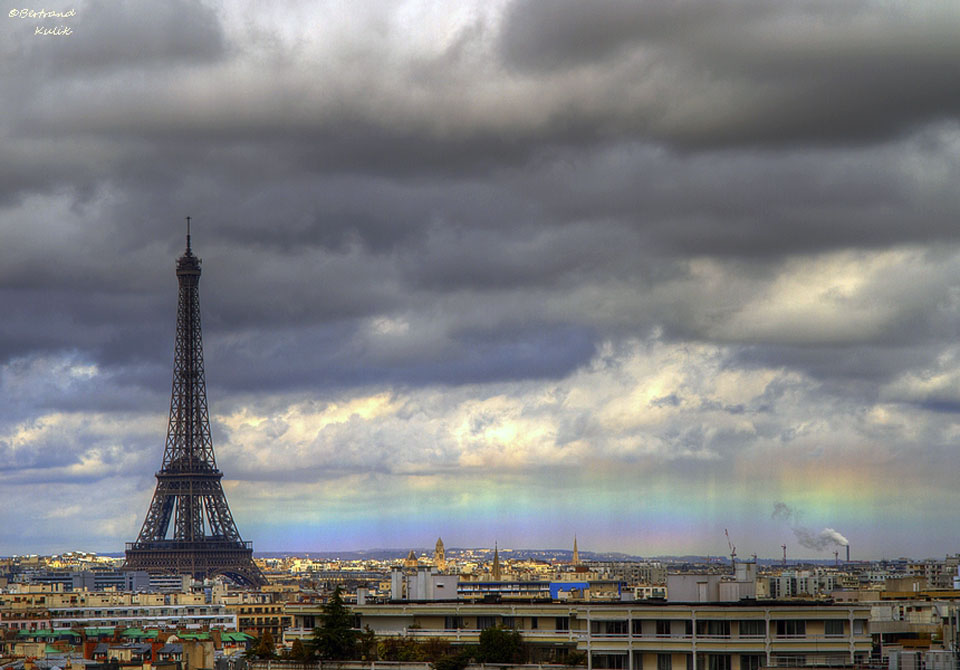
This is a picture of the horizon obviously from France as you can see from the Eiffel Tower. It is very colorful because on the opposite side of the sun it is raining. It is a regular rainbow but due to the location of the sun in the sky this is the effect. One cool thing about this is that due to vantage point every single person sees a different rainbow in the sky. The thunderstorms that caused the rainbow lasted for most of the day but unfortunately the rainbow only did for a small amount of time. It is a very visually appealing occurrence.
APOD 4.1
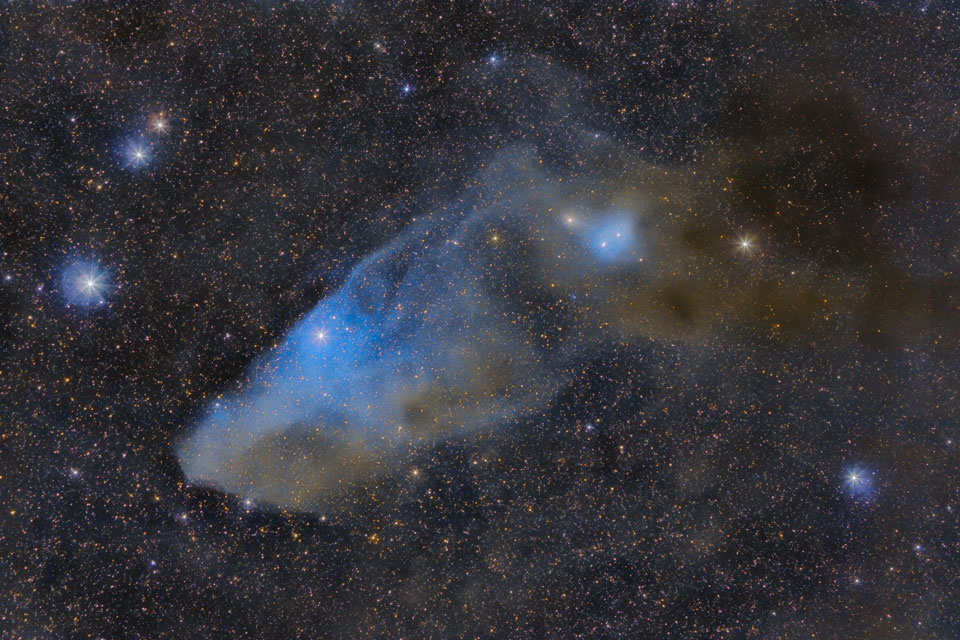
Pictured above is the Horsehead nebula located in the constellation Orion. This is a molecular cloud that is obscuring the view and the color is absolutely amazing. It is a reflection nebula which is call IC 4592. It is made up of dust what is usually much darker but from the stars behind it there is currently a blue tint. Most of the light that is reflected here is from the star that is the eye of the horse. there is another reflection nebula up towards the right but it is not the same as the one featured in the picture.
Thursday, March 28, 2013
Observation blogs: last hour
Last Monday I had little homework so I was able to spend a bit of time out on the porch looking up. I am now used to seeing things at my house and it doesn't take too much time to orient myself and identify a few stars. I had trouble naming the smaller more obscure first magnitude stars but overall I am doing better. I realize how much different it all is from starlab but in my opinion it is much better to look at the actual sky rather than a recreation. Hopefully next quarter I will be able to go to some of the stargazes out in myakka.
Monday, March 25, 2013
Observation Blogs
This past weekend I looked up for a while on Saturday night. I was at my house so it was not a transition of location so I was already acclimated to that sky from last time. I stayed out with my parents and sister for two hours while my dad was grilling. We turned off all of the lights inside and the only source of light was the flame from the grill. After a bit I was able to see a lot in the sky though still not as much as one can see in myakka. The major constellations are easily identified as well as some of the most notable stars. It was a good end to the quarter.
Friday, March 22, 2013
Observations
Last weekend I was able to spend a few hours out at night and look around. It was one of the first times that I was quickly able to orient myself and recognize more than just Orion in the night sky. It is easier than being in starlab because I have trouble recognizing the north inside of the globe as opposed to the outside. I did resort to my phone to look for more stars and constellations but I was able to do without it for a time. We ended up having a bonfire and staying out for a good part of the night. Although my neighborhood is not in myakka or anything like that it is still on the outskirts of the city and lots of stars became visible. It was a good night for a stargaze.
APOD 3.8

Pictured above is a comet that has recently flooded the news, the name PANSTARRS. It was excpected to be one of the brightest comets ever to pass by Earth and be visible to the naked eye. Astronomers were disappointed with the magnitude but it still was an amazing event to see. Today it is still faintly visible if you are located on the right spot on the Earth, mainly close to the poles. Soon it will not be visible then unless one uses a telescope or binoculars. The comet is receding from our solar system to continue its' venture.
Tuesday, March 19, 2013
Observations
Over spring break I was able to go up to New Jersey and see an entirely different sky. It seemed almost alien in comparison to the night sky here; much darker for my grandparents live in rural parts. I was able to spot Orion from the belt but other than that I had trouble finding everything else because I was disoriented in the different sky. With the app on my phone I was able to locate more and more stars and constellations and spent a few hours out at night with my family having dinner. Although I was not able to identify the features it was still a very good experience.
Thursday, March 7, 2013
Asaph Hall Biography
Connor Boles
Mr. Percival
Astronomy Honors
5 Mar. 2013
Asaph
Hall Biography
Asaph Hall was born in 1829 in Goshen, Connecticut. He
was born to a middle class family yet financial problems arose when his father
died when he was only 13. Asaph was in schooling until his father died and when that happened he
left school to become an apprentice to a carpenter. Later in life he was able
to enroll in the Central College in McGrawville, New York. This was when his
life took a turn and it really started in the astronomical world.
While enrolled in college Asaph studied mathematics where
he fell in love with one of the instructors whose name was Angeline Stickney,
and the two married in 1856. It was that year that Hall got a job at the Harvard
College Observatory where he then learned and later was renowned for his skill concerning
orbits. In 1862 he left his job at the Harvard conservatory to become employed
US Naval Observatory where in less than a year he became a professor. He was
then stationed in Washington, DC where he was able to pursue his studies with
some of the best technology in the world. In 1872 Hall submitted an article on
his findings titled “On an Experimental Determination of Pi” to the Messenger of
Mathematics. The paper was instrumental in his career for his name was out and
the paper was used for many things on the future including the Manhattan
Project during the 1940’s. In 1975 his big break in astronomy came. He was
given the control of USNO 26 inch telescope, which was the largest refracting
telescope in the world at that time. In August of 1877 he found the two moons
of Mars, Phobos and Deimos. It was the first sighting of the two moons and he
was known around the astronomical world for his findings. Using the telescope
he was also able to calculate Saturn’s rotational period. He did extensive
research on Saturn and was able to prove retrograde motion on the part of one
of Saturn’s moons Hyperion. He became an expert in stellar parallaxes around
the solar system and the galaxy until his retirement in 1891. After retiring he
became a professor at Harvard University in 1896 and taught there until 1901.
His first wife Angeline died in 1892 but he later remarried to Mary Gauther.
Once remarried he moved back to the city of his birth where he spent his remaining
years until in 1907 when visiting his son in Annapolis, Maryland he died.
Asaph Hall was one of the most brilliant mathematicians
in the astronomical field in his time and he was able to discover and do much
research on moons and stellar parallax. His legacy lived on with his son Asaph
Hall Jr. who later was an astronomer. Although not a recognized name he fully
exploited his opportunity with the USNO 26 inch telescope and also at the US
Naval Observatory as well as the Harvard College Observatory.
Friday, March 1, 2013
APOD 3.7
In the video "Coronal Rain on the Sun" a highly magnified picture of the sun is shown with mysterious things raining down. This is called coronal rain. Instead of water falling it is in fact super hot plasma that usually ejects out of the sun by solar flare. The plasma does not always fall back as it did but the coronal rain did occur making it a strange phenomenon that we are lucky to witness. The video is shown in ultraviolet light for not everything could be captured in the visible spectrum. This is a truly amazing occurrence and astronomers everywhere are dumbfounded by the video.
Tuesday, February 26, 2013
Planetary Nebulae
http://davidstestingground.com/Novice%20talk%20on%20PNe%20V-V%20classification.pdf
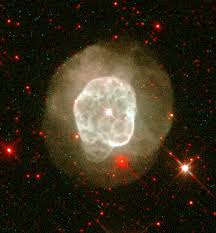

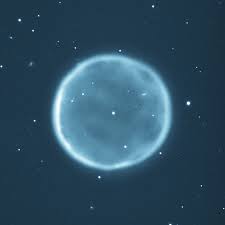
This a powerpoint that covers all of the different types of planetary nebulae. It goes in depth on how each one is formed and where they exist. Some specific ones include NGC 6578, NGC 3918, and Abell 39.
NGC 6578
NGC 3918

Abell 39
These are some popular planetary nebula's that exist in our universe. The Hubble has taken many of the pictures above.
Friday, February 22, 2013
APOD 3.6
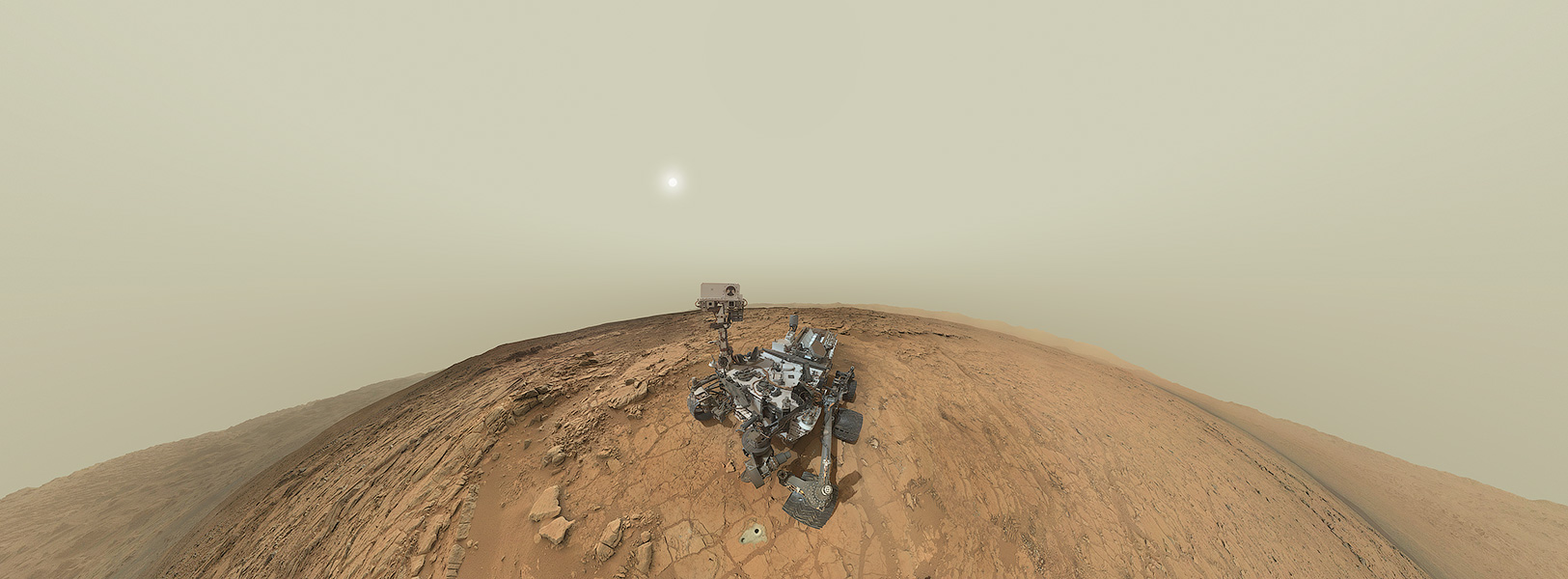
On Mars, the Curiosity Rover that recently landed there is still going strong and has not encountered malfunctions as of yet. Many pictures have been taken of the landscape there and that includes the Yellowknife Bay region of the Gale Crater. The picture above is of that site and it is clear that it extends hundreds of miles and is very deep. Pictures like these are able to be taken from a specialized camera on the rover. This is one of the many self portraits that have been taken by the rover and sent back to Earth and it is a truly amazing sight.
Wednesday, February 20, 2013
Star Formation
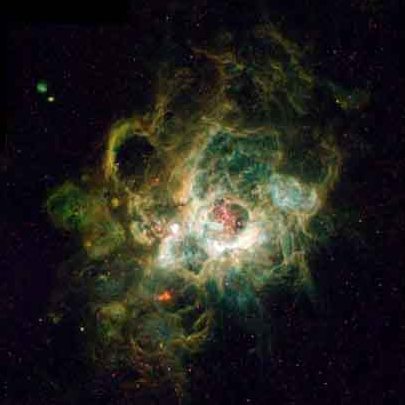
This is an interstellar cloud, as it begins to collapse the formation of a star begins
This is called cloud fragmentation, and it is the next step in the formation of a star. The gravity is increasing in the middle pulling the rest together.
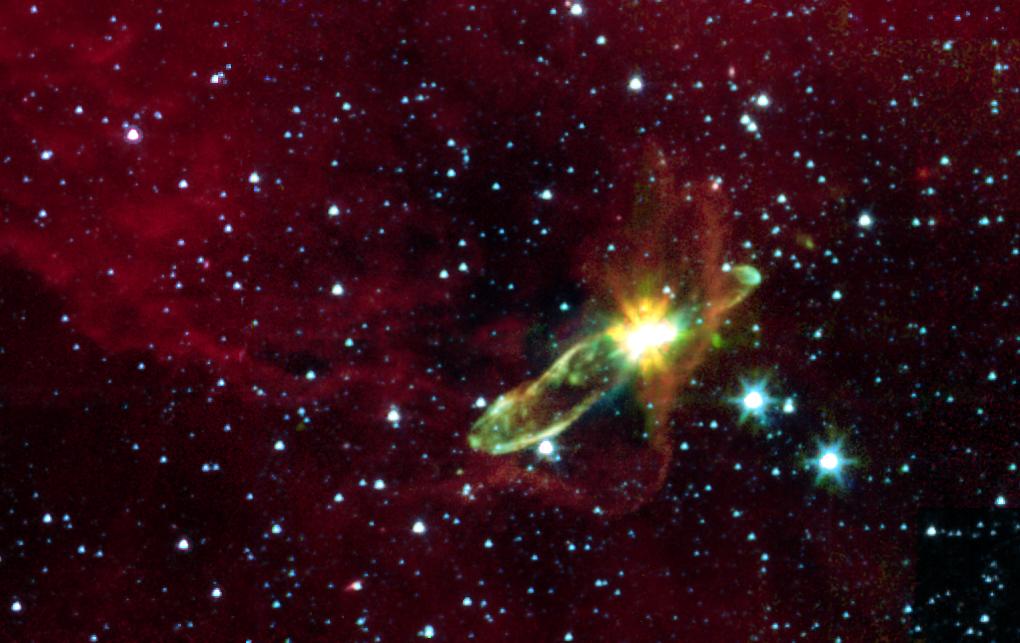
This is a protostar that made it through the first steps of formation.
This is a formed star that has finally formed and begun fusion. At this point, it is essentially starting to die.
Friday, February 15, 2013
APOD 3.5
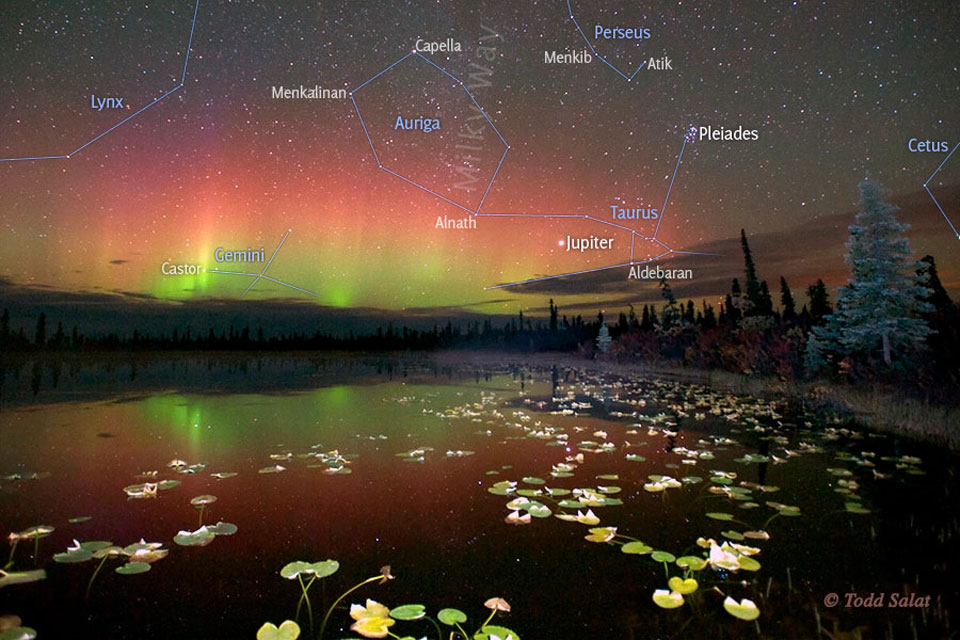
Some special auroras can only be seen with special cameras, not just with naked eye. These auroras are called subvisal and they appear all over the world. Certain colors of auroras are more easily seen but some require the special cameras. The human eye does not collect light at the speed necessary to see all of the different colors in the spectrum Subvisal auroras are very common in Alaska which is where the picture above comes from. Thousands of stars are visible and the galaxy is full of wonders like these.
Friday, February 8, 2013
APOD 3.4
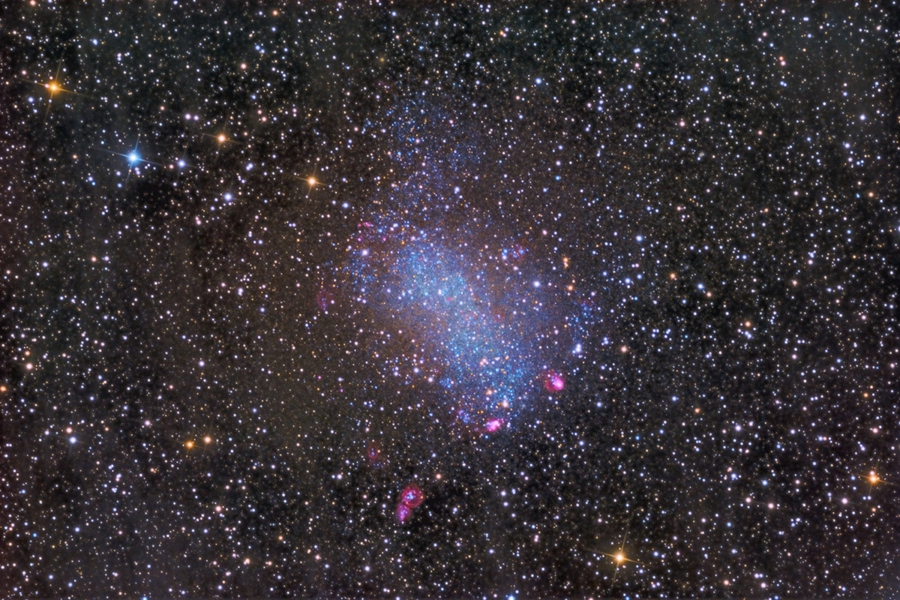
Pictured above is Barnard's galaxy. It is not grand spiral galaxy, the most popular type, that clearly shows the bright blue color supplied by many young stars, but a smaller galaxy that also forms stars. It is relatively close to the constellation called Sagittarius, only 1.5 million light years a way, one of the members of our lockal group of galaxies. Only 7.000 light years across it is classified as a dwarf galaxy filled with the pink hydrogen glow and also the blue light. This image was very well taken and does not filter any colors and because of the closeness of the galaxy most of the colors and detail show up.
Monday, February 4, 2013
Friday, February 1, 2013
APOD 3.3

Pictured above is the comet McNaught. It has been the most cooperative comet regarding photography in the recent years so there are many great pictures. It made an impression in early 2007 when the comet was seen having an extra long dust tail, something abnormal. Here it is shown above Chile, where the bright comet takes up the entire picture. It is one of the few comets that one is able to track with the naked eye because of its especially long tail. It is one of the brightest comets ever seen by astronomers and will continue to be visible later in the year and also in the future.
Monday, January 28, 2013
Qtr 2 Observation Logs LATE
These are my observations from November to January.
November 2012:
November 2012:
- Getting easier to see the moon in the mornings
- Still see Jupiter and Venus
- Not many bright new stars visible
- Still bright summer constellations visible
- Able to identify Vega quite easily now
- Using star track app in order to make sure that I have the right name for the stars I see
- Getting easier to see
- Identified the great square of Pegasus
- Able to distinguish clusters from one another
- Went out to myakka with some friends and was able to see the milky way
- Harder to see bright stars with winder approaching
- Spent an hour at the beach with some friends and was able to clearly see many stars and name some of them
- Summer triangle often visible, can tell the stars apart, Vega, Deneb, and Altair and then tell their constellations
- Not many bright stars in the winter sky
- Very few first magnitude stars compared to the summer sky
- Harder to distinguish certain constellations and stars
- Of course able to see the moon every night
- Accurate in predicting the phase of the moon only from looking at it
- Over Christmas break able to stay up late and look at the stars with my cousins
- No morning sightings over break
- More free time to gaze, no school, able to devote more time
- Looked off balcony for a while to escape my family, with the help of the star tracker app I was able to identify many more stars than usual
- Overall good break, lots of star gazing
January 2013:
- Up early again, able to see the moon and a few planets every morning
- Not much time to stay up late like before on break
- Have the lunar schedule down
- On weekends able to spend more time looking up
- Good quarter for star gazing
Friday, January 25, 2013
APOD 3.2
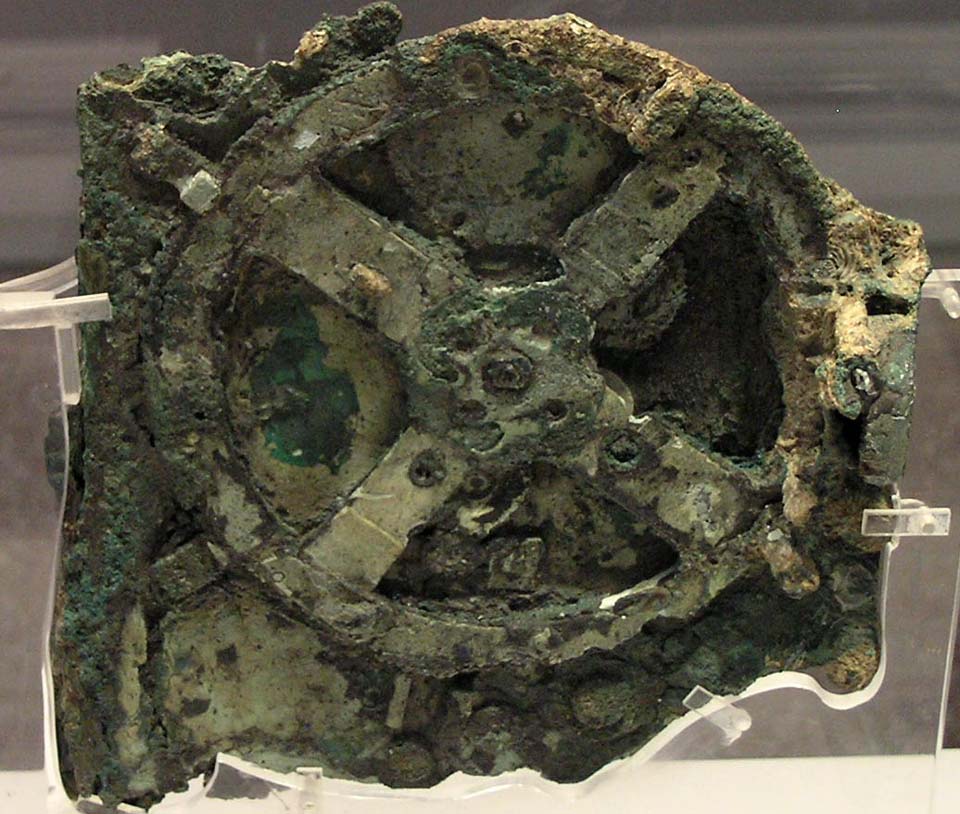
This strange mechanism was found at the bottom of the sea in a shipwreck that occurred over 1000 years ago. The technology is amazingly advanced for its time and it astounds scientists in all fields, especially astronomers. It seems that this device can accurately predict where the stars will be and it isn't much bigger than a book. It is amazing that the people of this time had such advanced technology when it only appeared hundreds of years later in other places and civilizations. This could be one of the big breaks in the history of astronomy that no one even heard of.
Friday, January 18, 2013
APOD 3.1
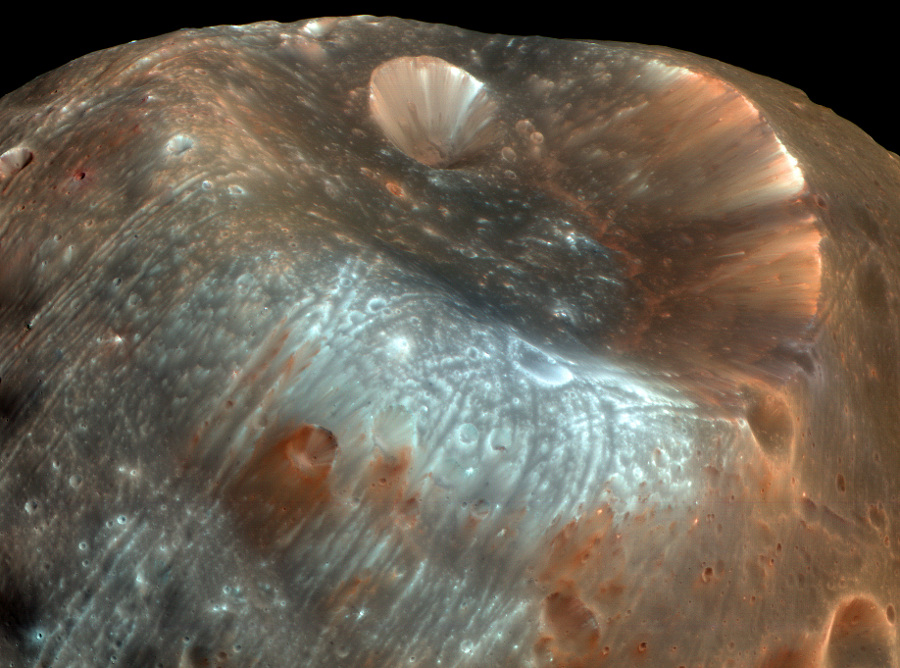
Pictured above is the Stickney crater on Phobos, one of Mars' moons. It is named for the mathematician Chloe Angeline Stickney. Her husband, an astronomer, discovered the moons in 1877 and then found the crater. The crater is over half the diameter of the moon so it likely collided with another small moon sized object. Telescopes today permit us to see things in space with this sort of picture. There are strange grooves on the moon and crater and astronomers are unsure of what they may be for they look as if something had been brought across the surface. It is an awesome picture and discovery about one of Mars' moons.
Monday, January 7, 2013
Works Cited for Laplace biography
Works Cited
http://www-history.mcs.st-and.ac.uk/Biographies/Laplace.html
http://www2.stetson.edu/~efriedma/periodictable/html/La.html
http://www.maths.tcd.ie/pub/HistMath/People/Laplace/RouseBall/RB_Laplace.html
Pierre Simon Laplace Biography
Connor Boles Boles
1
Mr. Percival
Astronomy
7 Jan. 2013
Biography:
Pierre Simon Laplace
Pierre Simon Laplace was a well known astronomer born in
France in 1749. He was known as the French Newton, playing a big part in the
evolution of sciences and mathematics, mostly astronomy and statistics. Throughout
his time he was able to increase his social stature through the science
community and was well known and respected in his time. He is known as one of
the most influential astronomers of his time.
Even from an early childhood he had showed promise, which
is why his wealthy neighbors forwarded his education so that he could grow to
be more than his original family rank permitted him to be. He was very
religious from an early start, mainly his fathers’ desire, and he went to the
University of Caen to study theology as his father wished. He never graduated
from the college and chose to leave so that he could study mathematics. He had
gotten a textbook for mathematics and as the myth goes he read and understand
the book over only a few days and soon after he was admired by many of his
colleagues. He was recommended for a teaching position and soon after that was
his occupation.
That was when Laplace’s life truly began. He was able to
start a family and study what he wanted to while securing a stable income. In
1776 he made his first discovery in astronomy, solving a problem that had
eluded many of the best minds of that time for many years. The problem was
concerning observational astronomy, it was the apparent instability while
Jupiter’s orbit seemed to be shrinking while Saturn’s was expanding. Although
that was not as easy to solve as the math problems Laplace was able to solve it
and help bring light to the confusing matter. It expanded on Newtonian gravity.
Along with this he also contributed greatly to the subfield of spherical
harmonics. He was one of them who introduced the topic although he had to give
some of the credit to one of his colleagues Legendre he was given most of the
credit for the research. He used to have part in the name however it never
caught on and it maintained the name of spherical harmonics. He also had a big
part in formulating the Potential Theory. His work mostly concerned velocity
and gravity and he expanded on many of Newton’s laws. His theories and formulas
still help calculate some of the things in space today.
Pierre Simon Laplace died in 1827 in Paris at the age of
77. He achieved the title of count in France in 1806 and was likely the most
prestigious astronomer at that time for that portion of the world. Although he
was an astronomer he mostly worked on the mathematical aspects and did not do
very much observing compared to some other astronomers however when his
formulas are applied they are soundproof and he remains one of the most notable
mathematical astronomers in history.
Subscribe to:
Posts (Atom)
.jpg)